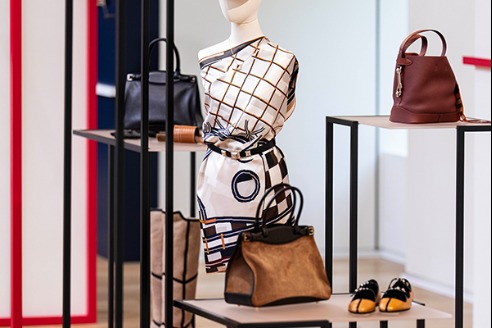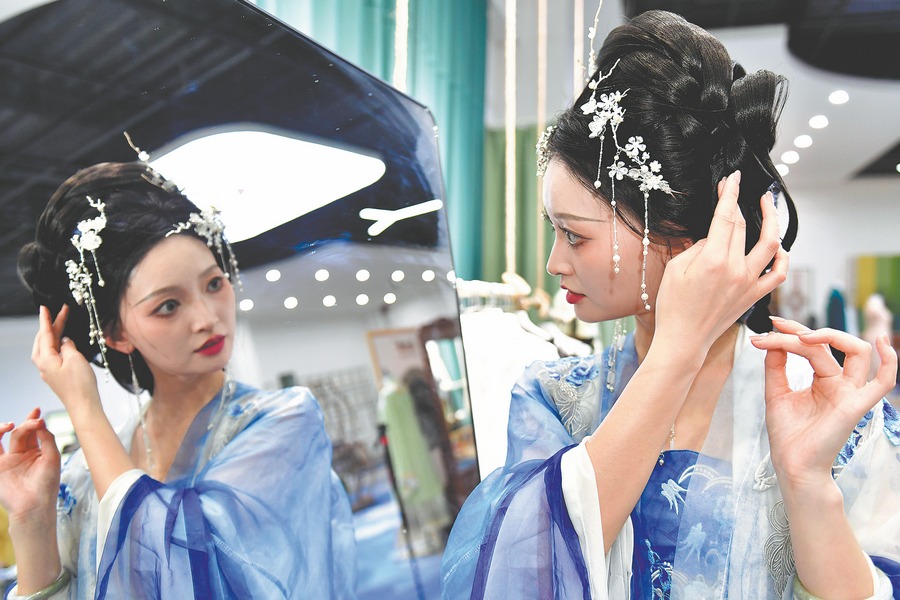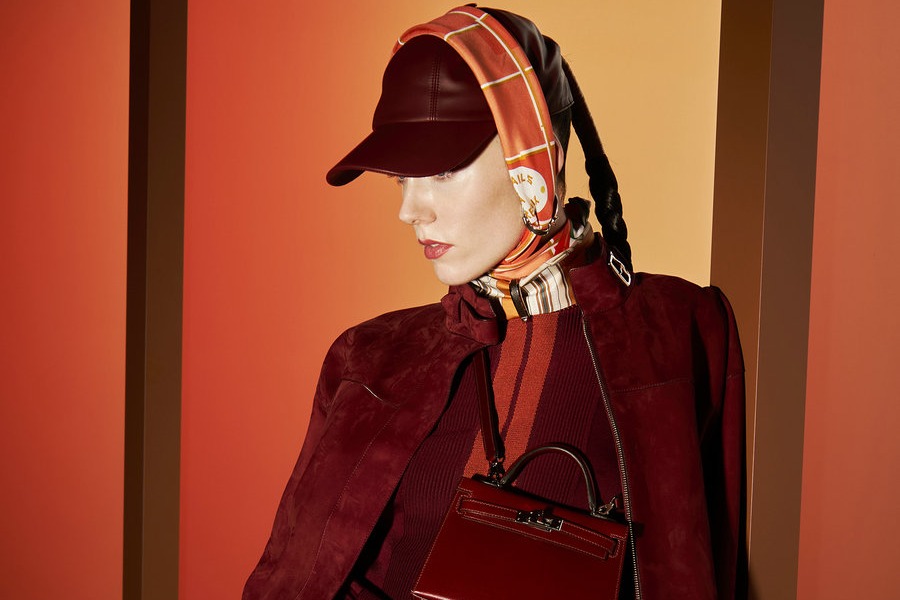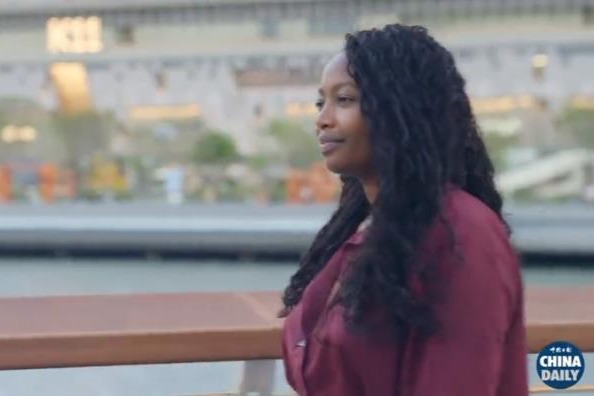It pays to go indie

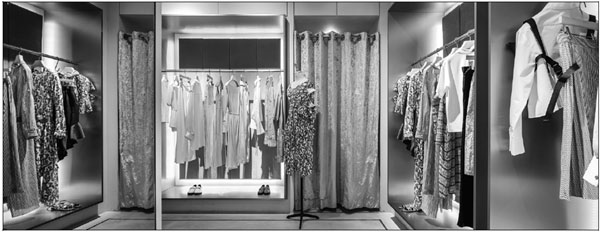
Independent fashion labels are experiencing significant growth as domestic consumers turn to buyers' shops, and emerging Chinese designers continue their rise on the global scene.
Having worked with many designers since her days as a brand agent for a host of Chinese brands such as Exception, Hu Chunhui learned that it is not simply the physical designs that matter when it comes to fashion.
Rather, the stories that designers want to tell are just as, if not more important, to the label.
Eager to champion the voices and stories of designers, Hu opened HCH, a fashion buyers' shop, in 2012. It is a move she has not regretted. Today, Hu owns seven stores in Wuhan in Central China's Hubei province and Shanghai that stock more than 70 brands by independent designers from China and abroad.
Over the past two years, Hu has also actively promoted emerging designers by helping them set up showrooms at Shanghai Fashion Week to attract potential partners.
"When I first decided to open a buyers' shop there were no similar stores in the market. Today, there are thousands of such businesses across the nation," says Hu, a Wuhan native. "That's how fast the industry is growing."
The concept of a fashion buyers' shop is believed to have originated in Europe around the 1950s when small stores started to stock fashion products by independent designers. Today, this concept is no longer limited to small boutique stores - even the major industry players such as Galeries Lafayette and Lane Crawford have adopted this focus of featuring the relatively more obscure, independent designers.
In 2017, the famous Paris-based fashion buyers' shop Colette caused a stir when it announced that it was exiting the market after 20 years of operations. Many people within the industry saw this as a sign that the buyers' shop concept in Europe was on its last legs. This notion was reinforced when renowned London-based buyers' shop Browns was acquired by e-commerce company Farfetch, while 10 Corso Como, another famous buyers' store, appeared to be on the decline.
The story of buyers' shops in China, however, has been different. Since the first buyers' shop in China opened in 1996, this business concept appears to have only become more popular through the years. According to the 2017 Autumn Winter Shanghai Fashion Week Big Data Report released by UnionPay Advisers, the number of domestic buyers' shops in the country increased from 1,636 in 2015 to 3,781 in 2017.

















